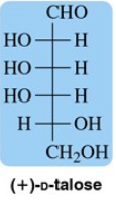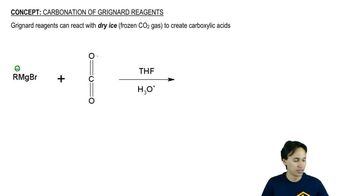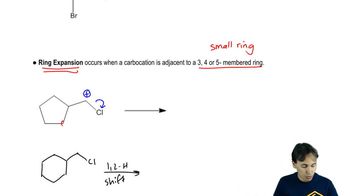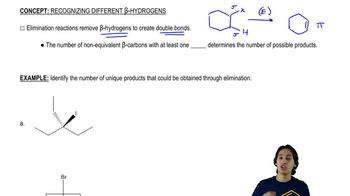Which OH groups are in the axial position in each of the following?
a. β-D-idopyranose
b. α-D-allopyranose

 Verified step by step guidance
Verified step by step guidance Verified video answer for a similar problem:
Verified video answer for a similar problem:



 12:58m
12:58mMaster Monosaccharides - Cyclization with a bite sized video explanation from Johnny
Start learning